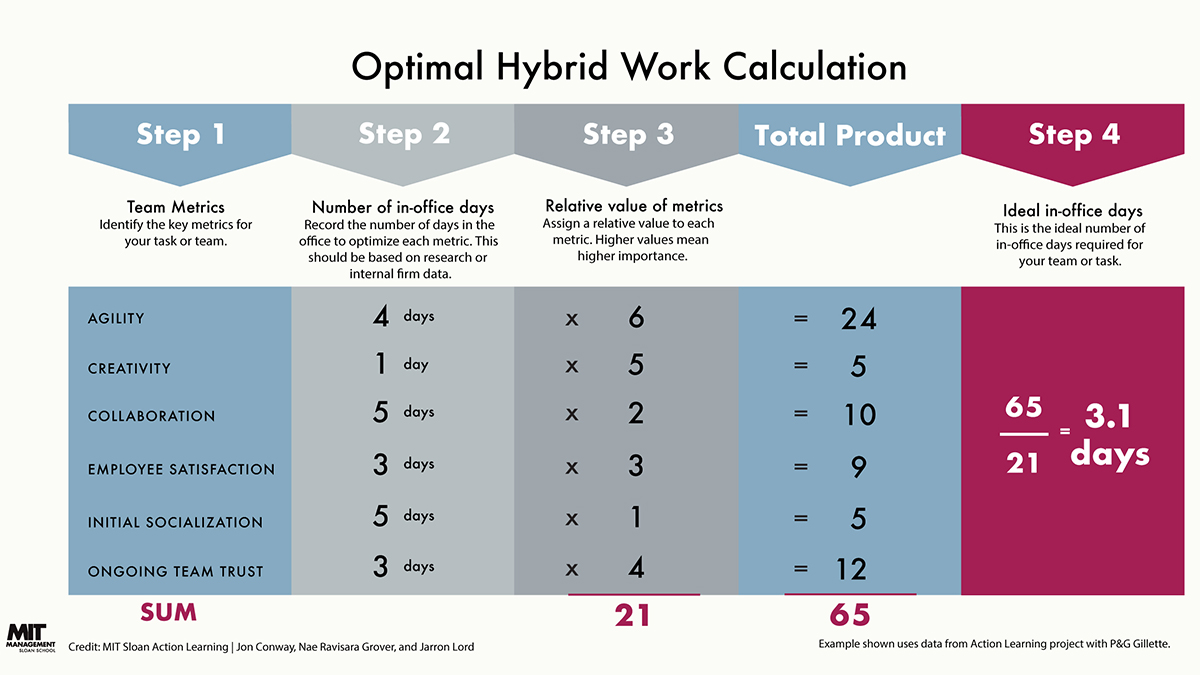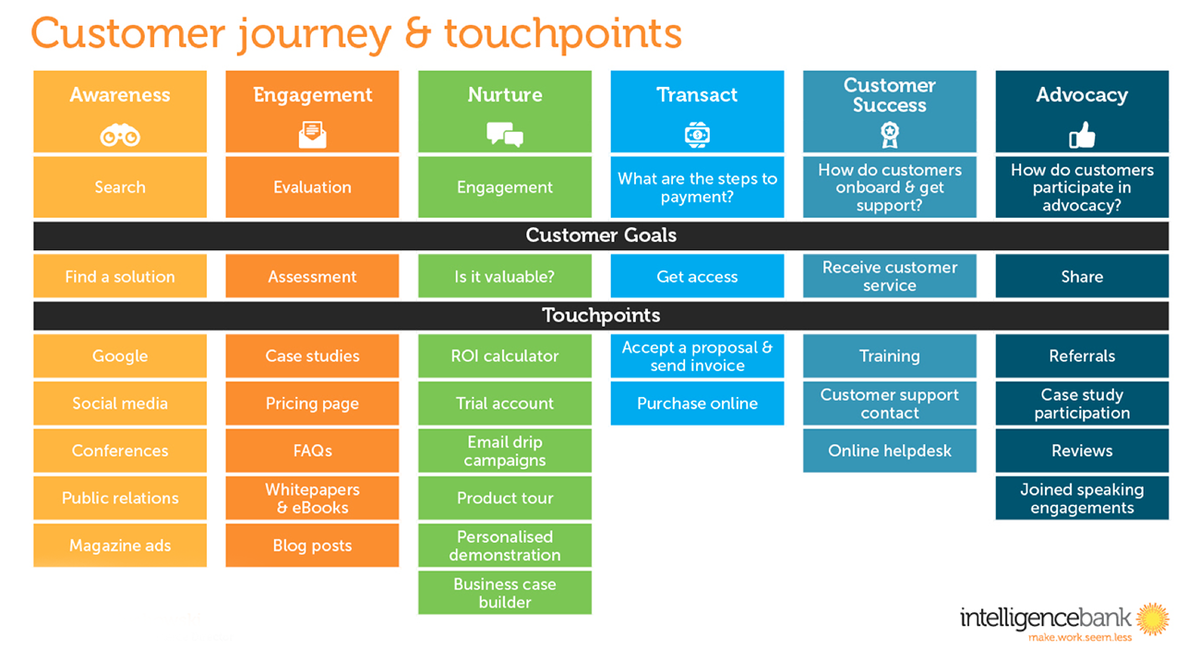 Assessing workforce needs and readiness is a crucial step in determining the feasibility of transitioning to a hybrid working model. Before making any decisions, organizations must thoroughly evaluate their current infrastructure, technological capabilities, and employee preferences.
Assessing workforce needs and readiness is a crucial step in determining the feasibility of transitioning to a hybrid working model. Before making any decisions, organizations must thoroughly evaluate their current infrastructure, technological capabilities, and employee preferences.
One key aspect to consider is job responsibilities. Not all roles may be suitable for a hybrid working model. Certain positions might require employees to be physically present in the office due to the nature of their work. Identifying these roles is essential to ensure a smooth and efficient transition.
Collaboration requirements also play a significant role in assessing workforce needs. Organizations must analyze how teams currently collaborate and whether they can effectively continue their collaborative efforts in a hybrid working environment. This evaluation will help identify any potential barriers or challenges that need to be addressed beforehand.
Employee access to necessary tools and resources is another critical factor to consider. Assessing the organization’s technological capabilities is crucial in determining if employees will have the necessary tools to work remotely and stay connected with their colleagues. This evaluation should involve identifying any gaps in technology and finding ways to bridge them to ensure a seamless transition to a hybrid working model.
Furthermore, employee preferences should not be overlooked. Conducting surveys or interviews to understand employees’ opinions and preferences regarding hybrid working can provide valuable insights. Some individuals might thrive in a remote work environment, while others might prefer the structure and collaboration opportunities offered by working in the office. Taking these preferences into account can help strike a balance that satisfies both employee and organizational needs.
Ultimately, the assessment of workforce needs and readiness is vital in determining the feasibility of transitioning to a hybrid working model. By evaluating the organization’s current infrastructure, technological capabilities, and employee preferences, organizations can identify any potential challenges and opportunities for improvement. This assessment will help create a foundation for a successful and efficient transition to a hybrid working model, ensuring that all factors are considered and addressed for the benefit of both the organization and its employees.
Establishing Clear Policies and Guidelines for Hybrid Working
In the wake of the global pandemic, hybrid working has become an increasingly popular option for businesses worldwide. This flexible work arrangement, which combines remote and in-office work, allows employees to strike a balance between their personal and professional lives while benefiting from the advantages of both environments. However, for hybrid working to be successful, it is essential to establish clear policies and guidelines that outline expectations, procedures, and protocols. In this article, we will explore the importance of developing comprehensive policies and guidelines and how they can contribute to the smooth operation of hybrid working.
One crucial aspect of hybrid working policies is defining remote work schedules. Clearly outlining when employees are expected to work remotely and when they should be present in the office helps maintain structure and ensures that all team members are on the same page. Moreover, it provides employees with a sense of stability and clarity, enabling them to plan their work and personal commitments accordingly. By establishing remote work schedules, employers can balance the benefits of remote work, such as increased productivity and reduced commuting time, while still fostering collaboration and face-to-face interactions among team members.
Communication channels are another vital consideration when developing hybrid working policies. With employees working in different locations, effective communication becomes even more critical. Companies should establish guidelines on which platforms or tools to use for various types of communication, such as project updates, team meetings, or one-on-one discussions. Ensuring that all employees have access to these channels and are familiar with their usage will foster seamless communication and prevent misunderstandings or missed opportunities. Additionally, it is crucial to encourage regular communication and collaboration to maintain a sense of teamwork and synergy within the organization.
Data security measures must also be a priority in the development of hybrid working policies. Organizations should clearly define the guidelines and protocols for handling sensitive information and data when employees work remotely. This may include the use of secure networks, encrypted communication tools, and regular data backups. By implementing robust security measures, companies can safeguard their confidential information and maintain the trust of their clients and stakeholders. Regular training and education regarding data security practices should also be provided to employees to ensure they are well-informed and vigilant against potential cyber threats.
Lastly, it is essential to create avenues for feedback and clarification within the policies and guidelines. Hybrid working is a relatively new concept for many employees and employers alike, and there may be questions or concerns that arise during its implementation. By establishing channels for employees to provide feedback, ask questions, or seek clarification, companies can address any issues promptly and make necessary adjustments to the policies if required. This transparent approach fosters open communication and demonstrates that the organization values the input and well-being of its workforce.
In conclusion, establishing clear policies and guidelines for hybrid working is crucial for its successful implementation within organizations. By defining remote work schedules, communication channels, data security measures, and providing avenues for feedback and clarification, companies can create a supportive and productive hybrid working environment. These policies ensure that employees understand their roles and responsibilities, maintain effective communication, safeguard data, and have a voice in shaping the way hybrid working operates. With well-defined guidelines in place, businesses can embrace the benefits of hybrid working while ensuring the continued success and growth of their teams.
Invest in technology and infrastructure to support seamless hybrid working. Upgrading the organization’s technological infrastructure is crucial in enabling employees to work effectively in a hybrid work environment. To achieve this, it is essential to provide employees with reliable internet connections that can support their day-to-day tasks without interruptions. Additionally, secure remote access to company systems should be implemented to allow employees to access necessary files and applications from any location.
Moreover, collaborative tools play a vital role in fostering effective communication and collaboration among remote and in-office teams. Video conferencing platforms, such as Zoom or Microsoft Teams, allow for virtual meetings and face-to-face interactions, even when employees are working remotely. These platforms enable teams to discuss projects, share ideas, and maintain a sense of connection and camaraderie.
In addition to video conferencing, investing in project management software is a wise decision. These tools streamline project workflows, enhance task and deadline management, and ensure seamless collaboration among team members. With project management software, remote workers can stay organized, track progress, and contribute to the team’s overall success.
While focusing on technological enhancements, it is crucial to prioritize cybersecurity measures to protect sensitive data and ensure data privacy. As hybrid work environments involve accessing company systems remotely, it becomes more critical to safeguard information from potential cyber threats. Implementing robust cybersecurity measures, such as firewalls, encryption, and multi-factor authentication, can significantly reduce the risk of unauthorized access and data breaches.
Furthermore, comprehensive employee training programs should be implemented to educate staff on cybersecurity best practices. This includes guidance on identifying and avoiding phishing attacks, creating strong passwords, and handling confidential information securely. By investing in cybersecurity education, organizations can empower their employees to become the first line of defense against cyber threats.
In conclusion, investing in technology and infrastructure is essential for organizations aiming to establish a successful hybrid work environment. By ensuring reliable internet connections, secure remote access to company systems, and collaborative tools, companies can empower their employees to work efficiently regardless of their location. Prioritizing cybersecurity measures also plays a crucial role in protecting sensitive information and maintaining data privacy. Ultimately, by investing in the necessary resources and prioritizing the right infrastructure, organizations can successfully navigate the challenges and reap the benefits of hybrid working.
Foster effective communication and collaboration: Establishing effective communication channels is vital for ensuring consistent interaction and collaboration among team members, regardless of their location. In today’s digital age, it is crucial to encourage the use of digital communication tools that facilitate real-time discussions, file sharing, and project updates. These tools, such as video conferencing platforms, instant messaging apps, and project management software, enable seamless communication despite physical distances.
Regular check-ins and team meetings play a crucial role in maintaining effective communication. By scheduling regular meetings, team members can discuss progress, address challenges, and align their efforts towards common goals. These meetings can be conducted virtually, allowing everyone to participate regardless of their geographical location. Additionally, team leaders should create a supportive environment that encourages open dialogue, active listening, and respect for diverse opinions. This helps foster a sense of camaraderie, trust, and collaboration among team members.
Virtual social events can also play a significant role in maintaining a sense of camaraderie and inclusion. These events allow team members to bond, share experiences, and develop personal connections, even if they can’t physically be together. Such events can range from virtual coffee breaks or happy hours to online team-building activities. By promoting these events, team leaders can create a positive and friendly work culture, enhancing team cohesion and morale.
While effective communication is crucial, it is equally important to establish clear guidelines and expectations for collaboration. Team members should have a shared understanding of their roles, responsibilities, and project timelines. Project management software can be used to allocate tasks, track progress, and ensure everyone is on the same page. It also allows team members to collaborate on documents, provide feedback, and make updates in real-time. By using these tools, teams can streamline their workflows, minimize misunderstandings, and enhance productivity.
Lastly, it is essential to recognize and appreciate the efforts and achievements of team members. Celebrating milestones and acknowledging individual and team successes creates a positive and motivating work environment. This can be done through public recognition during team meetings, through emails, or even through virtual rewards and incentives. By fostering a culture of appreciation and recognition, team leaders can boost morale, encourage collaboration, and inspire continued excellence.
In conclusion, fostering effective communication and collaboration is crucial for successful teamwork, regardless of team members’ physical locations. By establishing effective communication channels, promoting regular check-ins, organizing virtual social events, and utilizing digital collaboration tools, teams can overcome the challenges of distance and create an inclusive and productive work environment. With these strategies in place, teams can achieve their goals, enhance productivity, and build strong relationships that contribute to the overall success of the organization.



